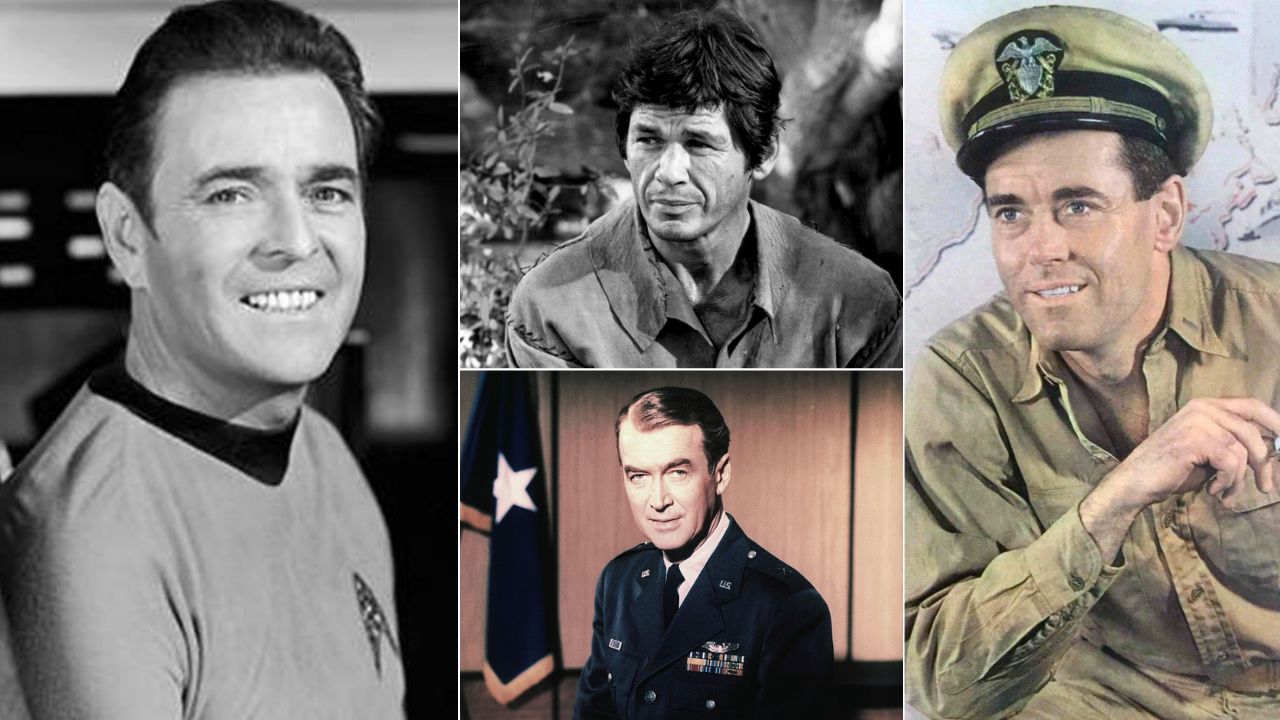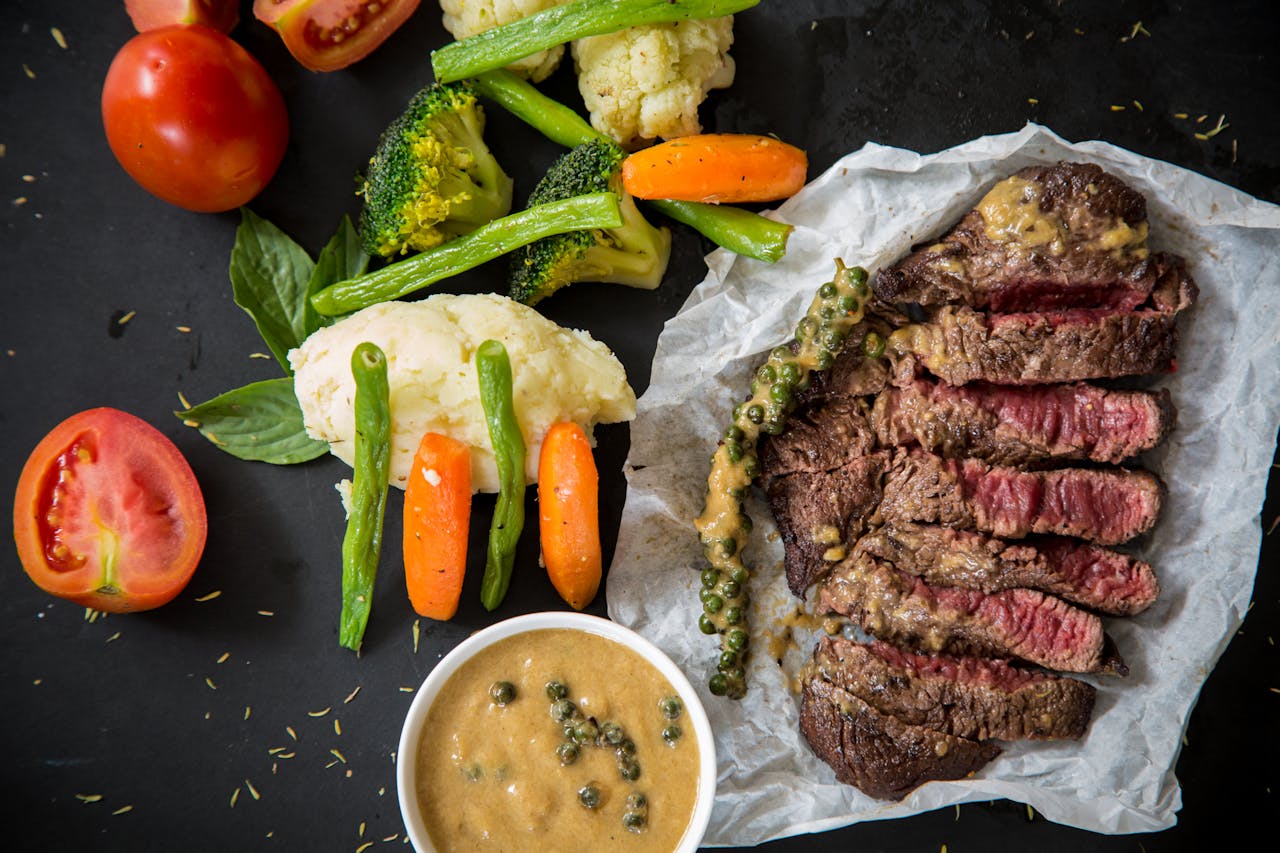Celebrities sometimes step far outside studios, stadiums, and royal duties. Several well-known figures served in uniform and saw real combat, from D-Day beaches to bomber formations over Europe and dogfights in Korea. Their stories include decorations, wounds, and tough missions that shaped who they became later. Below are fifteen recognizable people who took part in actual battles. The facts matter, so each entry lists the conflict, the role they held, and the specific action or unit that places them in harm’s way.
1. Jimmy Stewart, WWII Bomber Pilot
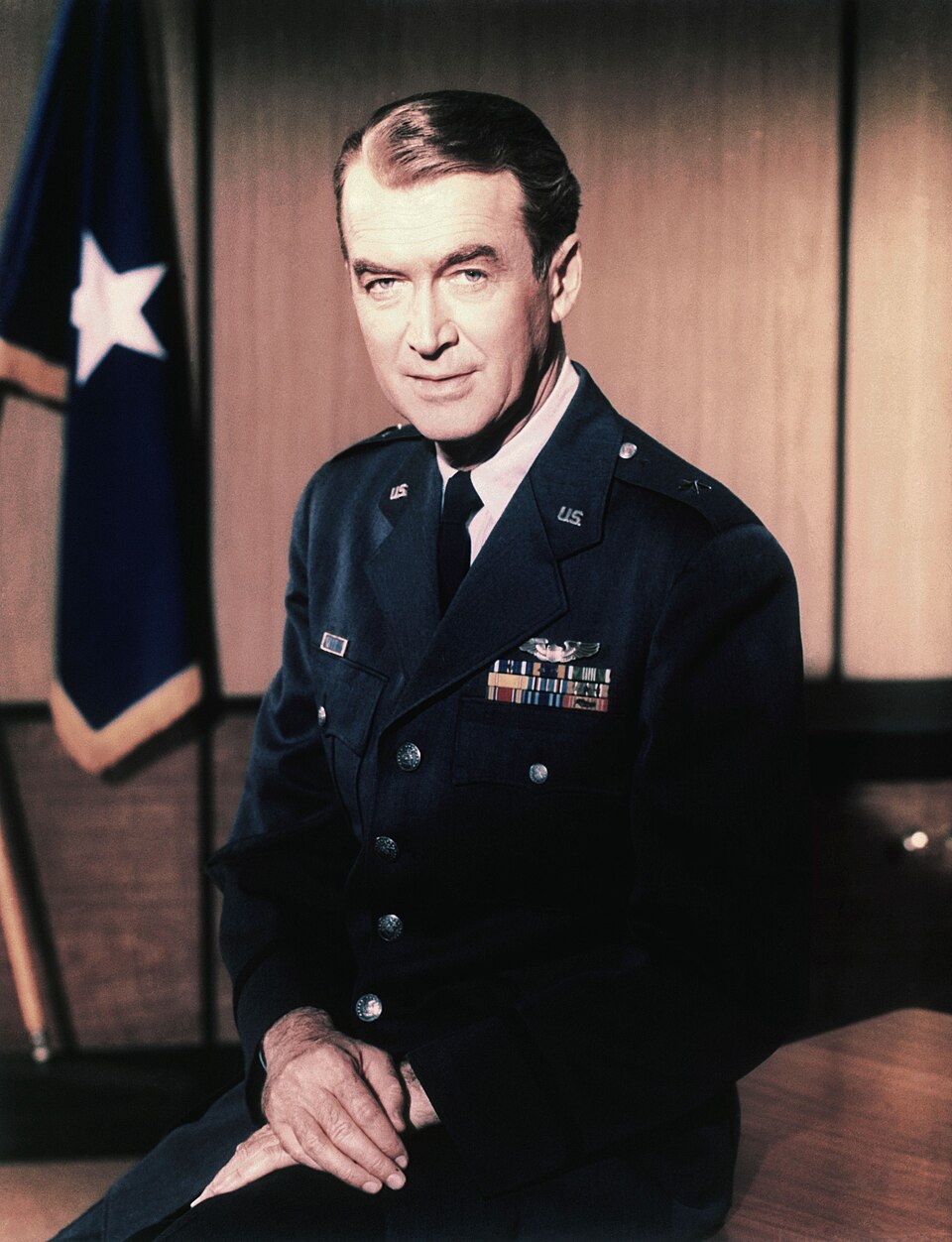
Before awards season, he earned combat ribbons. Jimmy Stewart flew B-24 missions with the U.S. Eighth Air Force over Nazi occupied Europe, rising from squadron to group leadership in 1944 and 1945. He helped plan routes, led crews through flak and fighters, and later continued in the Air Force Reserve, retiring as a brigadier general. His combat work earned the Distinguished Flying Cross and Air Medals. Stewart often avoided bragging, yet veterans remembered a calm, by-the-book commander who shared the same hazards.
2. Clark Gable, Aerial Gunner In Europe
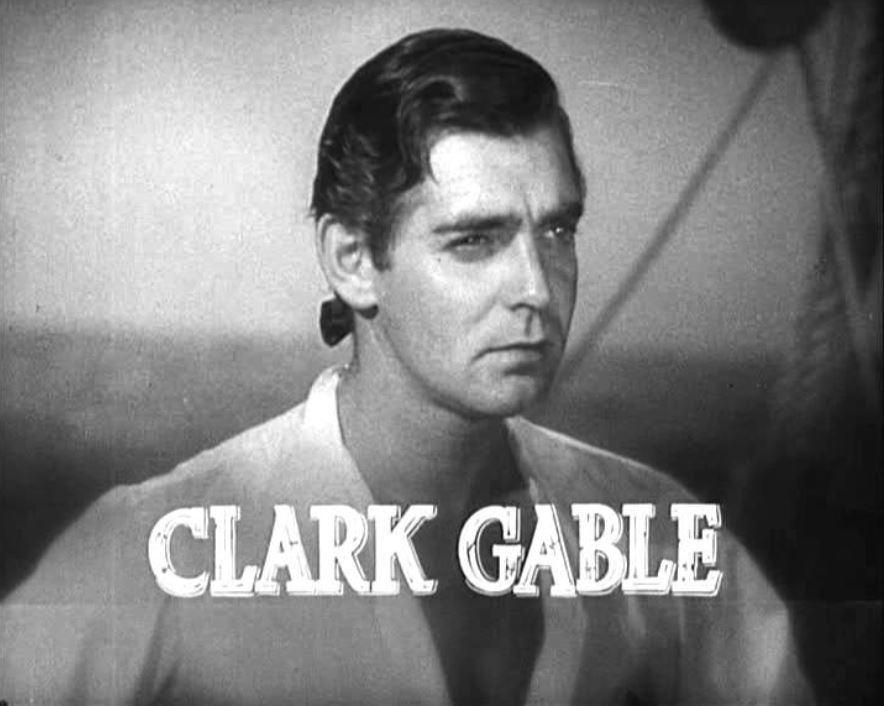
After enlisting in 1942, Clark Gable trained with the U.S. Army Air Forces and filmed gunnery instruction, then insisted on real missions. He flew as an observer and aerial gunner on B-17 raids with the 351st Bomb Group over occupied Europe, where flak could shred aluminum like paper. A camera mount on the fuselage captured combat footage, and Gable collected the Air Medal and Distinguished Flying Cross. He returned home at a general’s request, but not before facing live fire.
3. James Doohan, Wounded On D Day
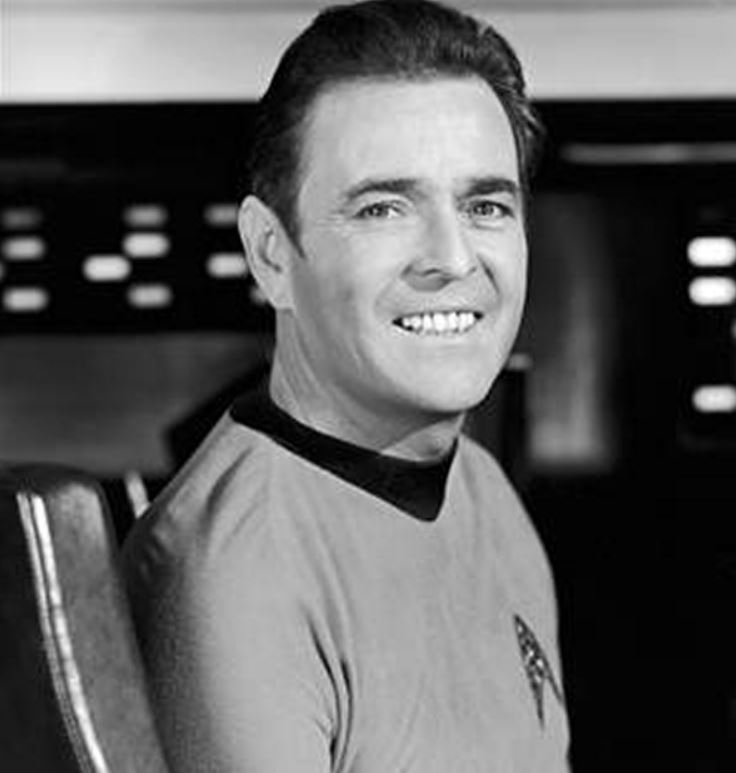
Long before Star Trek, James Doohan served with the Royal Canadian Artillery. On June 6, 1944, he landed at Juno Beach, directed fire under chaos, and that night was hit by machine gun rounds while moving between positions. A bullet took part of a finger, another struck his chest but a cigarette case deflected it. Doohan later trained as a pilot, yet his most intense day was that first one in Normandy. The missing finger is hidden in many scenes on screen.
4. Yogi Berra, Navy Gunner At Normandy
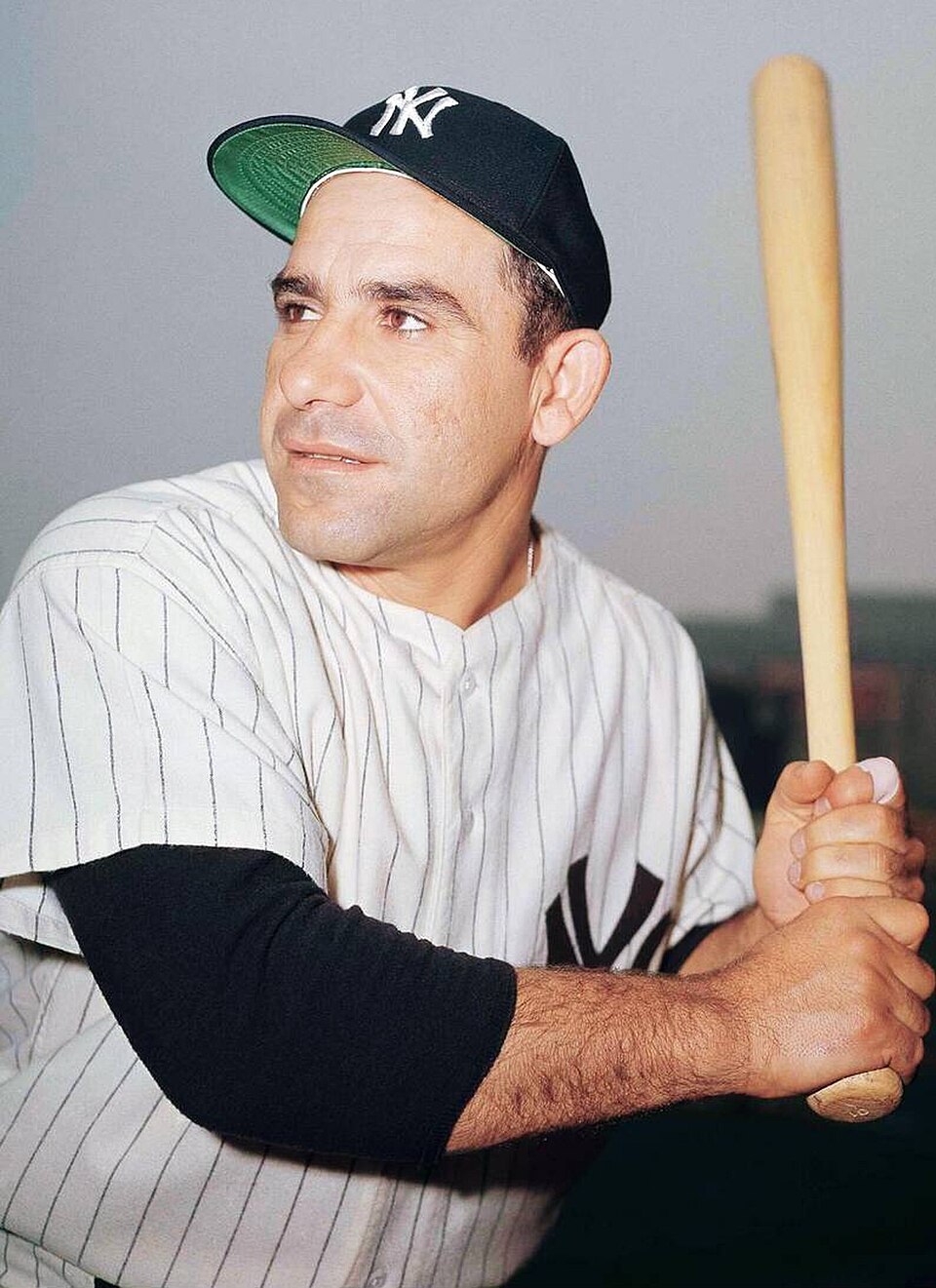
Baseball legend Yogi Berra spent June 6, 1944 on a small Navy rocket boat near Omaha Beach. His crew fired salvos to soften German positions and took return fire while shepherding landing craft through smoke and surf. Berra later joked about the chaos, but the assignment placed him close to shore batteries during one of history’s most dangerous beach assaults. He earned combat commendations before ever catching in a World Series, proving his famous toughness was real long before TV.
5. Ted Williams, Marine Pilot In Korea
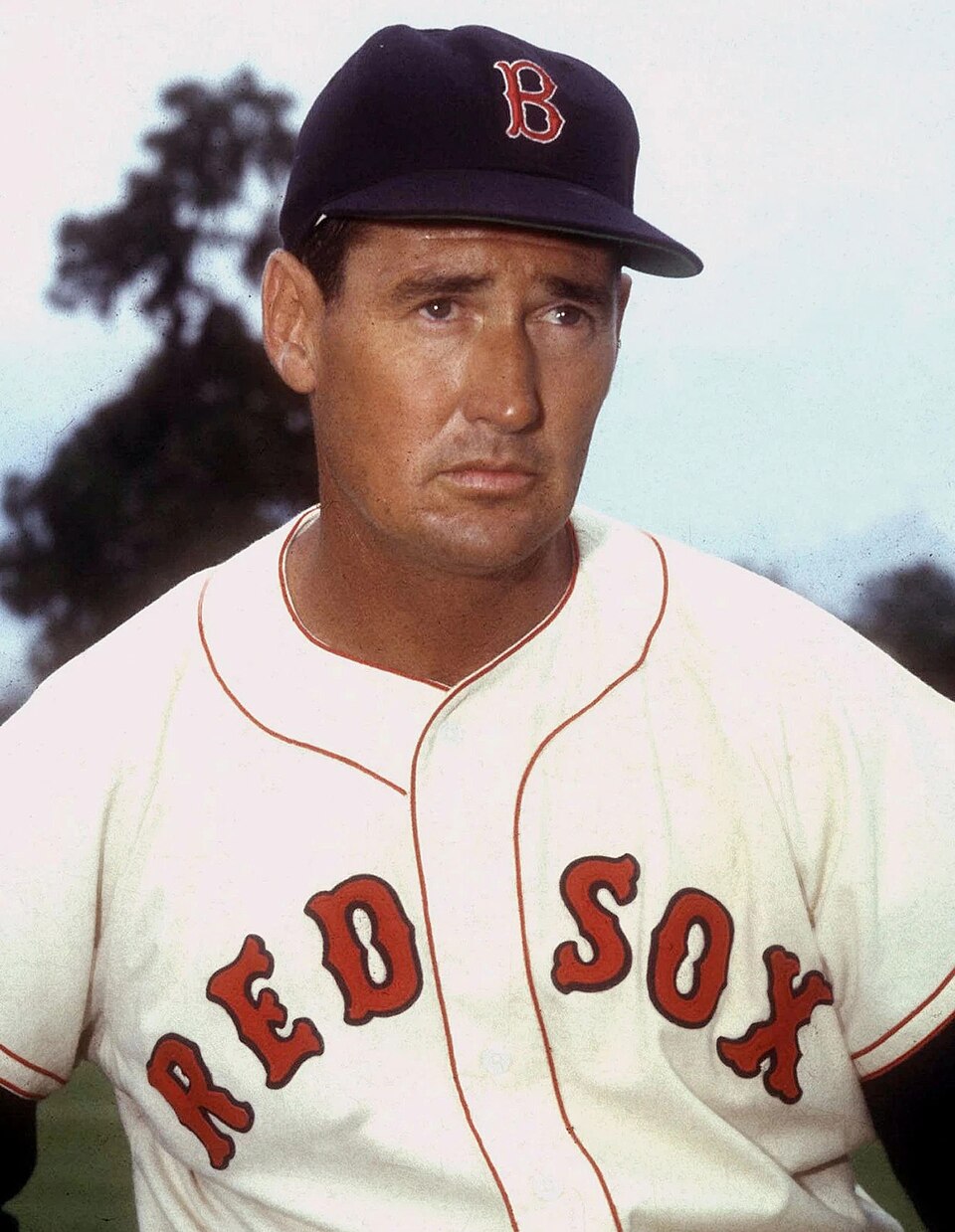
After WWII service as a flight instructor, Ted Williams returned to active duty for Korea, flying F9F Panther jets with Marine squadron VMF 311. He performed close air support and strike missions, including a damaged, gear up landing after his jet was hit and on fire. Fellow Marine aviator John Glenn called Williams a natural stick and rudder pilot. The Red Sox star lost prime seasons, yet he kept flying real combat sorties until orders finally sent him stateside.
6. Charles Bronson, B-29 Tail Gunner
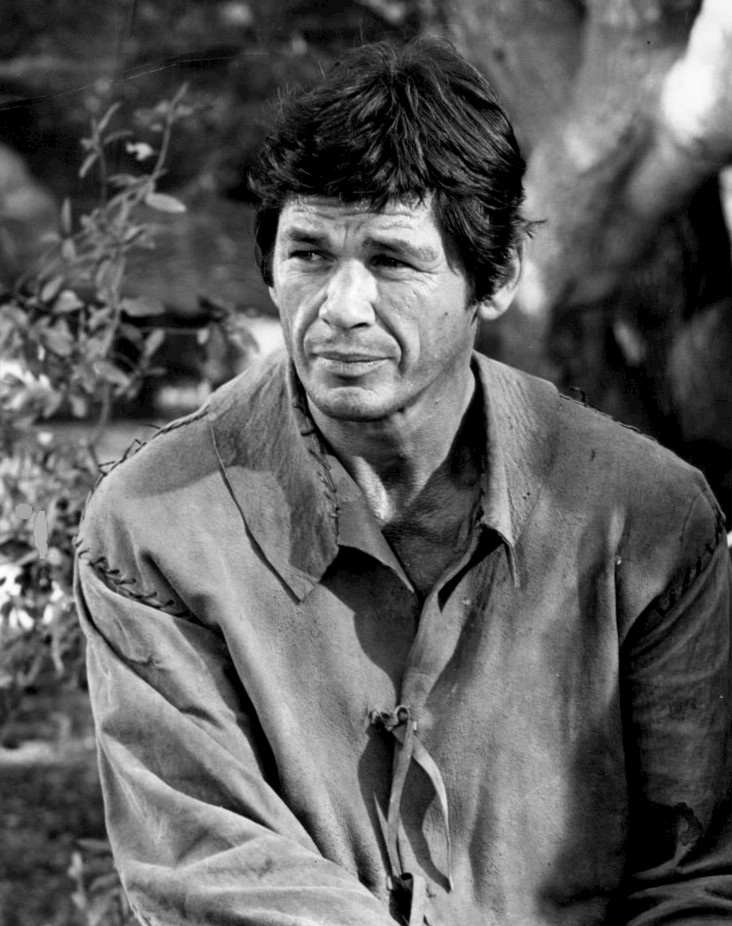
Before movie tough guy roles, Charles Bronson served as a U.S. Army Air Forces gunner in the Pacific. He flew in B-29 Superfortresses that raided Japan, manning a defensive position where tracers and searchlights met high altitude bomb runs. Bronson reportedly received a Purple Heart for wounds, one reminder that bomber crews faced lethal odds even far above the target. The discipline and quiet intensity seen on screen echoed long hours strapped into a pressurized war machine.
7. Lee Marvin, Marine At Saipan
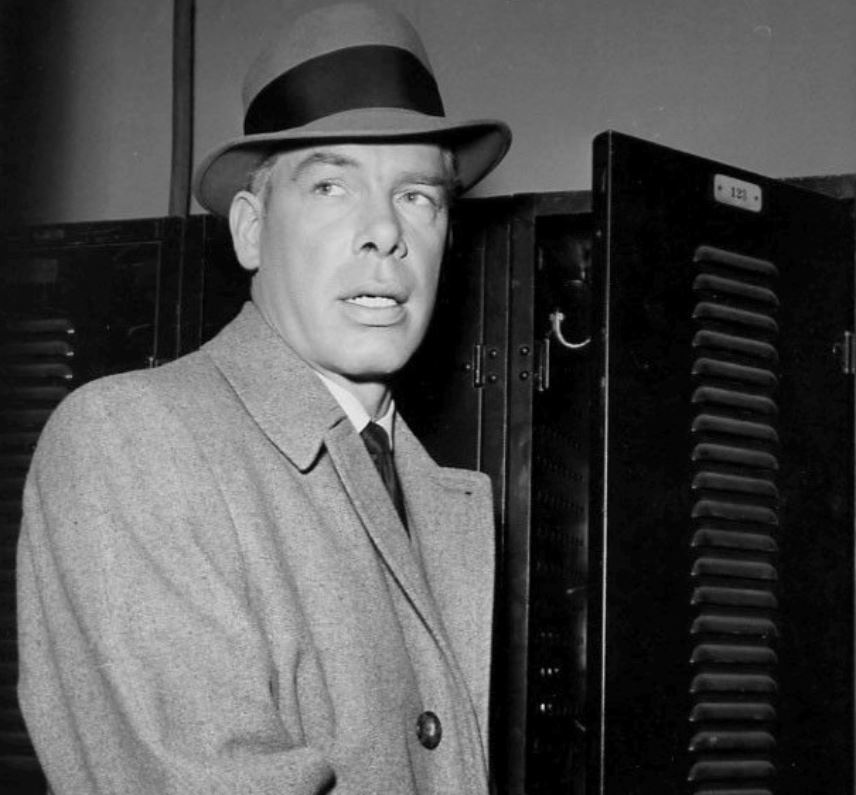
Lee Marvin joined the U.S. Marine Corps and fought with the 4th Marine Division in the Pacific. At the Battle of Saipan in 1944, machine gun fire hit him in the backside and thigh, shattering a sciatic nerve. He spent months recovering and earned a Purple Heart. Marvin later said combat stripped away pretense and shaped his blunt style. When he played hard edged characters, he understood the weight of orders, noise, confusion, and the responsibility leaders carry under fire.
8. Oliver Stone, Infantry In Vietnam

Before directing war films, Oliver Stone asked to serve and joined the U.S. Army. As an infantryman with the 25th Infantry Division, he patrolled jungles and villages, earning the Bronze Star and Purple Hearts for wounds in action. Long, wet days and night ambushes defined that kind of combat, where small unit decisions mattered. Stone later used field notebooks and memories when crafting films about soldiers’ lives, trying to show what contact, fear, and loyalty look like from ground level.
9. Prince Harry, Apache Gunner In Afghanistan
Already world famous, Prince Harry deployed twice to Afghanistan, first as a forward air controller and later as an Apache co pilot gunner with the British Army Air Corps. During the 2012 to 2013 tour in Helmand, his crew supported troops in contact, used the helicopter’s sensors to find threats, and fired when needed under strict rules. He spoke openly about the pressure of real time decisions. Royal status did not remove him from risk in a very modern war.
10. Audie Murphy, WWII Hero Turned Actor
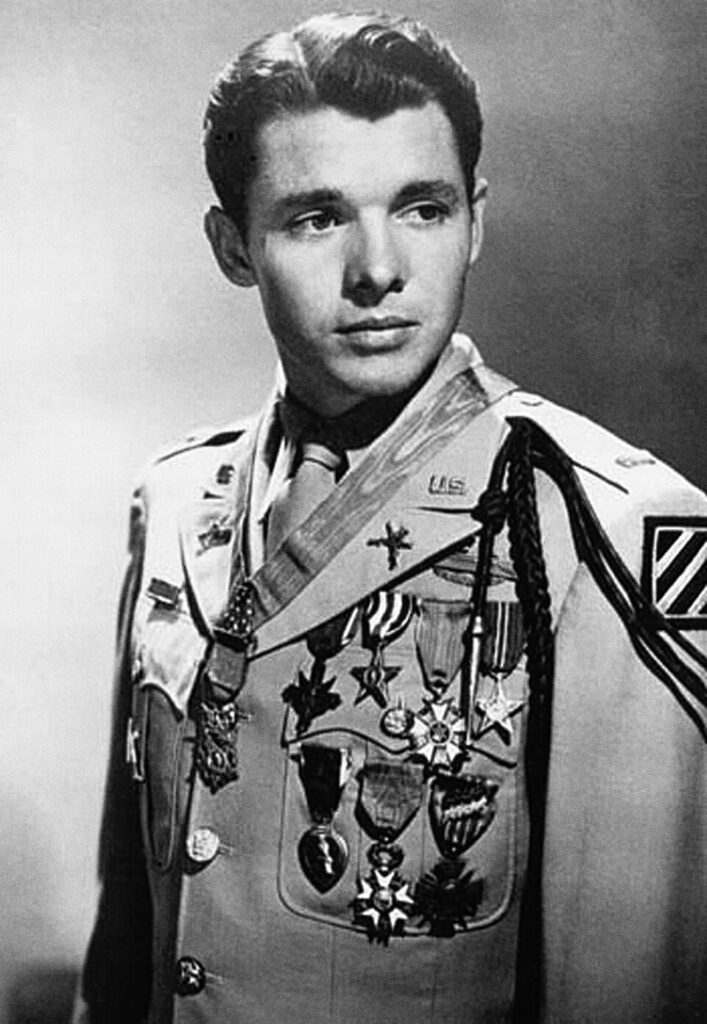
Audie Murphy became a top billed actor, but first he was America’s most decorated WWII soldier. Serving with the U.S. 3rd Infantry Division, he fought in Italy, France, and Germany. At Holtzwihr in 1945, he climbed onto a burning tank destroyer, used its gun to hold off an attack, and directed artillery while wounded. He received the Medal of Honor and many other awards. Later films often drew on his experience, including one where he played himself on screen.
11. Charles Durning, From Omaha Beach To The Bulge

Actor Charles Durning served with the U.S. Army’s 1st Infantry Division, coming ashore at Omaha Beach on D Day. He survived fierce fire, was wounded, and later fought in the Battle of the Bulge, earning the Silver Star, Bronze Star, and multiple Purple Hearts. Durning seldom discussed details, a choice common among veterans whose hardest days started before dawn and ended in snow or surf. His stage presence carried the steady posture of someone who had already stood in danger.
12. Mel Brooks, Combat Engineer In Europe

Comedian Mel Brooks served in the U.S. Army’s 78th Infantry Division as a combat engineer. He cleared mines, built bridges under threat, and once set up loudspeakers to blast music at German positions during the Battle of the Bulge, a morale play and a bit of sound warfare. Engineers worked close to the front, where a wrong step could be fatal. Brooks later joked about war, yet his unit’s tasks were careful, hands on, and done under real artillery fire.
13. Henry Fonda, Navy At Normandy
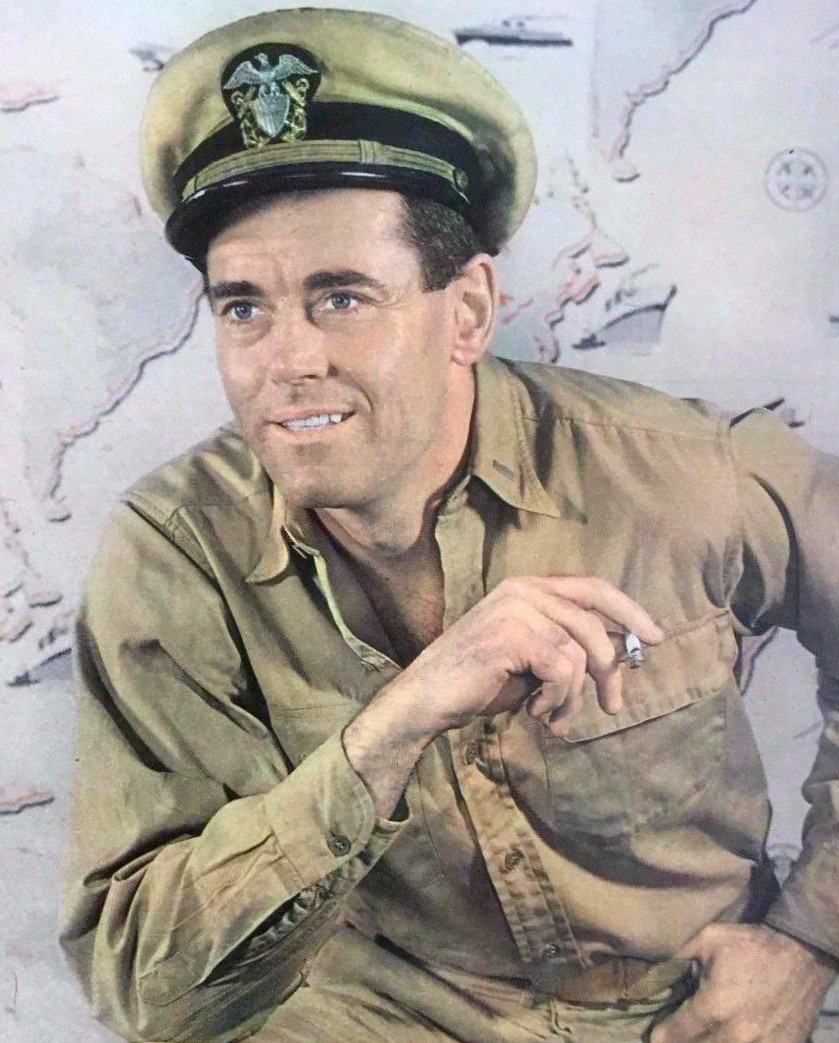
Henry Fonda left Hollywood to join the U.S. Navy in WWII. As a petty officer on the destroyer USS Satterlee, he helped during the Normandy invasion, where the ship provided fire support and guarded special units near the beaches. Later assignments took him across the Atlantic and Pacific. Fonda received the Bronze Star for service, and he carried a lifelong respect for sailors whose quiet watches and fast drills protect lives when weather, mines, and enemy guns make simple tasks deadly.
14. David Niven, British Officer On Operations
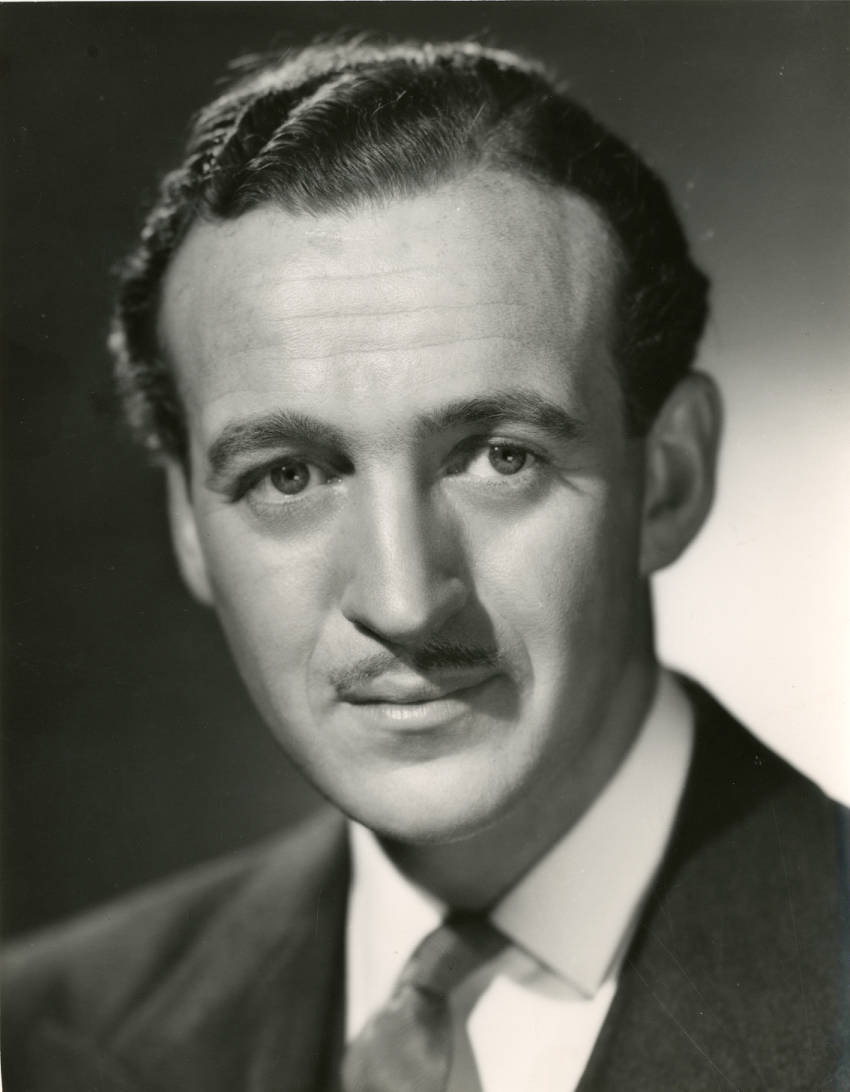
Already a known actor, David Niven returned to Britain in 1939 and rejoined the Army. He served with a secretive reconnaissance and signals unit called Phantom that worked alongside commandos and airborne forces. Niven took part in operations linked to the Normandy campaign and the push across Europe. He rarely shared specifics, which fits a unit trained to report, move fast, and avoid attention. After the war, he went back to films, bringing a poised, officer like calm to the screen.
15. Jackie Coogan, Glider Pilot In Burma
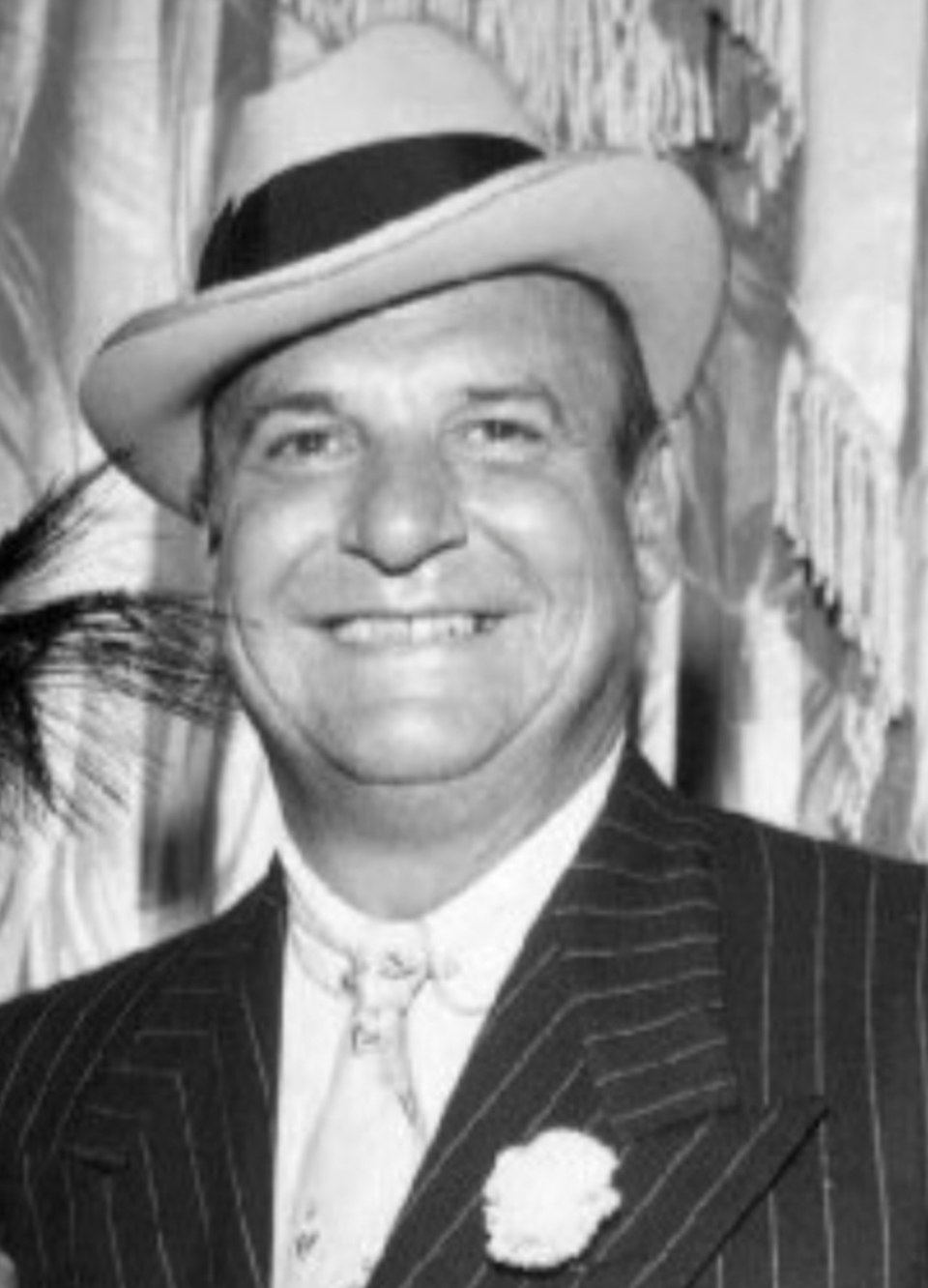
Famous as a child star and later as Uncle Fester, Jackie Coogan volunteered for the U.S. Army Air Forces and trained as a pilot. In 1944, he flew dangerous night glider missions in Burma with the 1st Air Commando Group, towing and landing unpowered aircraft that carried troops and gear to jungle clearings. Glider work meant no go arounds, just a single, silent approach into tight spaces under threat. Those insertions supported special operations against Japanese forces in rough terrain.
